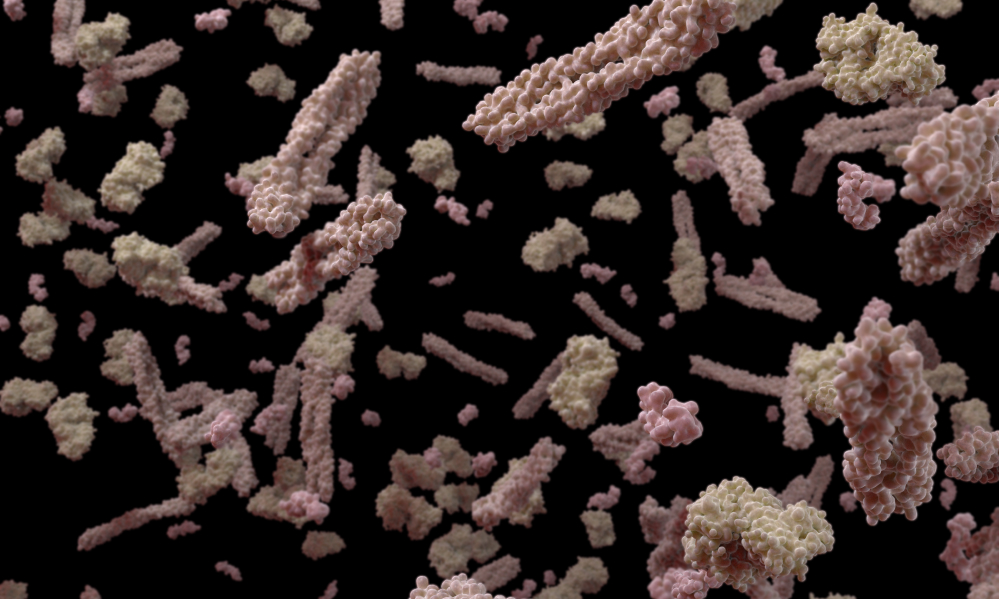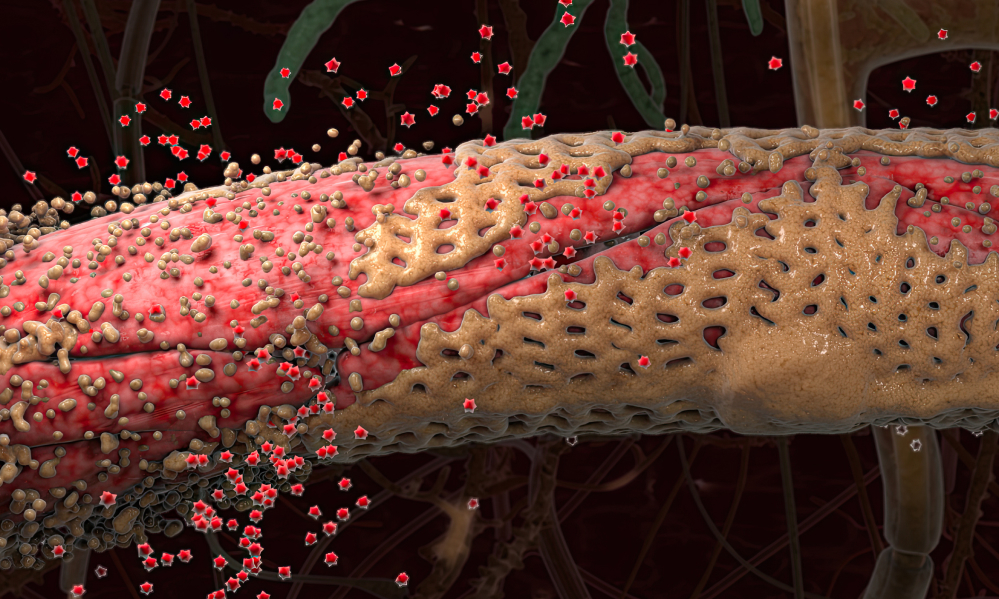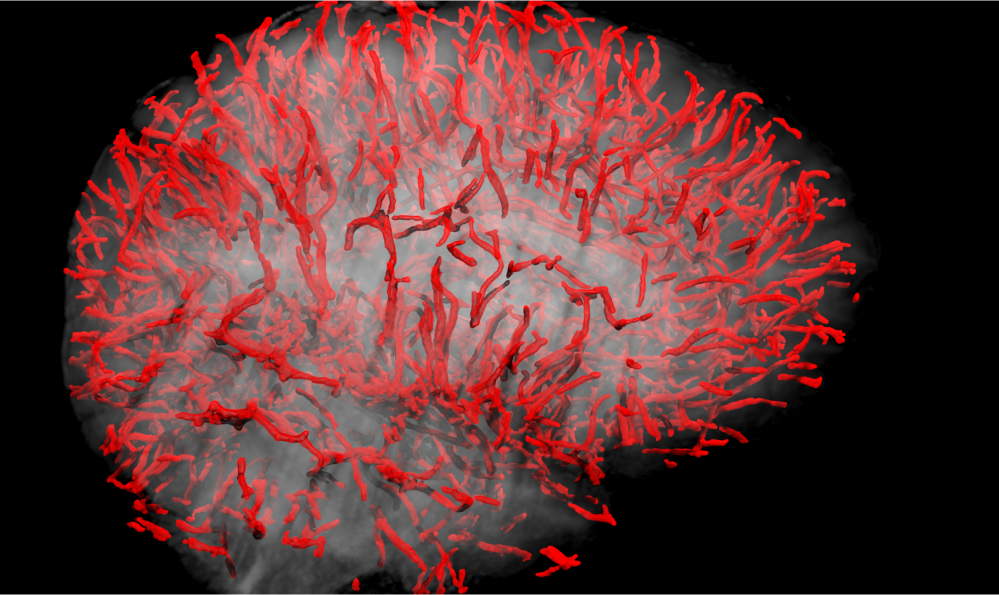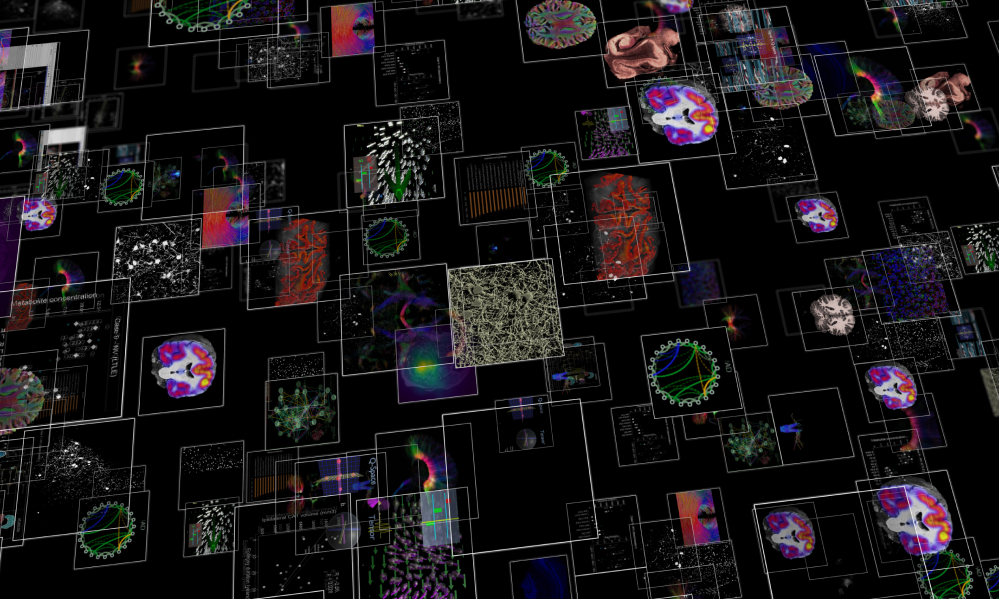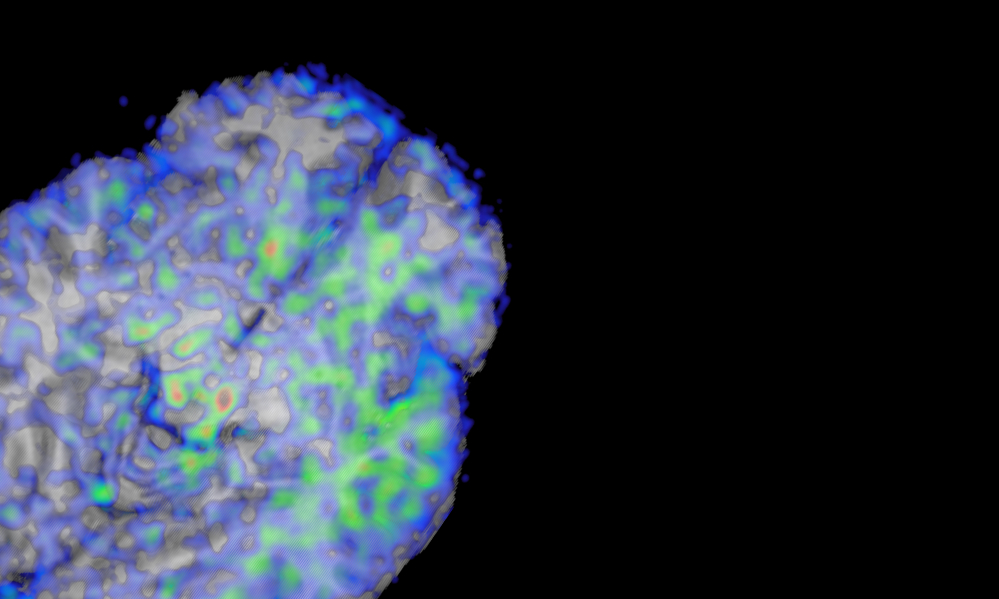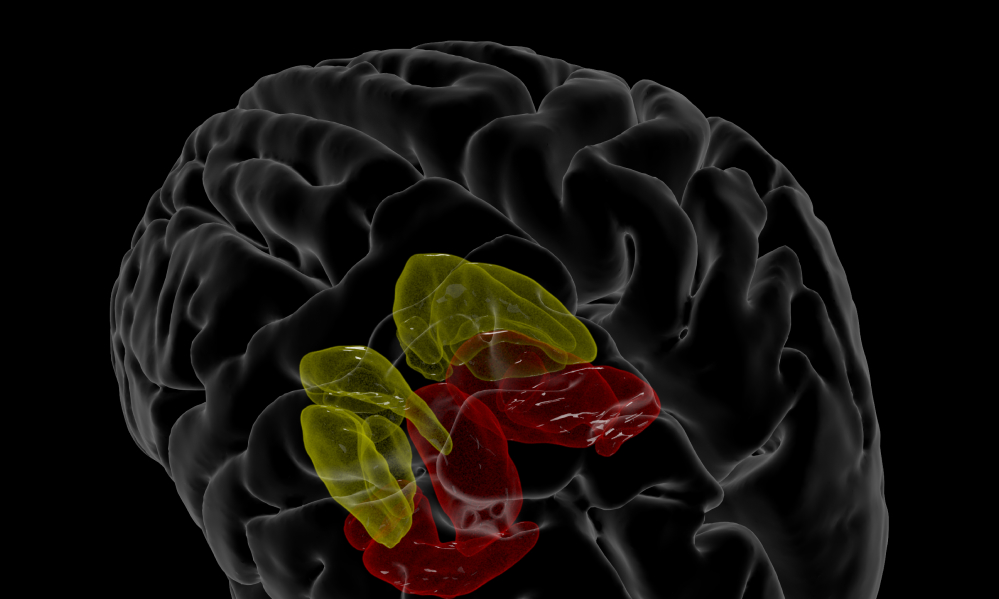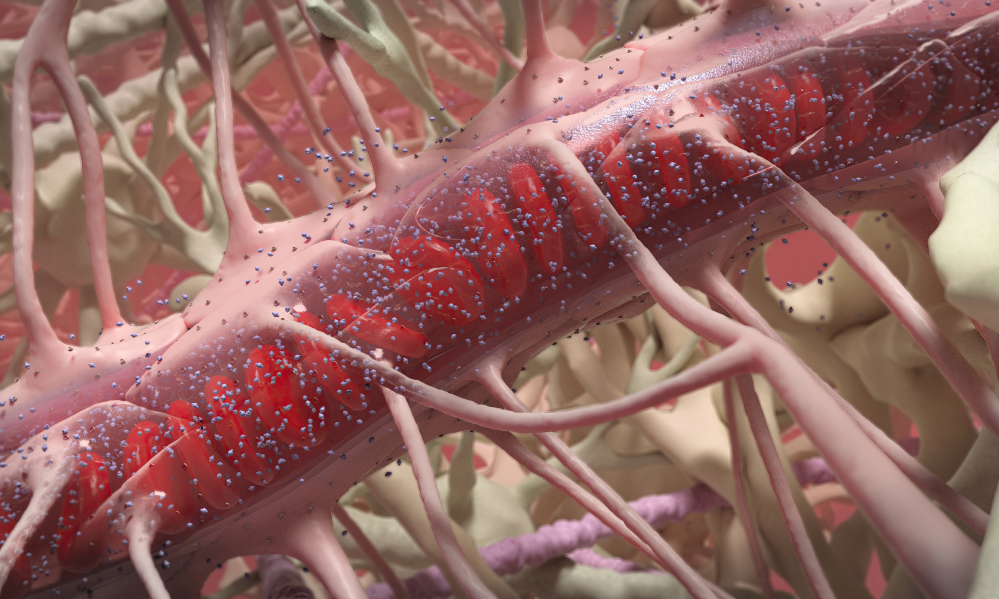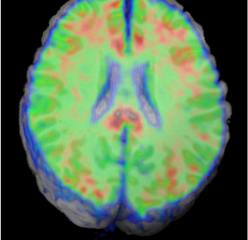ATRI/ACTC Collaboration
The ADRC supports ATRI/ACTC in providing informatics, developing biomarkers, recruiting participants from underrepresented groups, and training the next generation of clinical researchers.
Neuroimaging Advances with INI
The ADRC works closely with the INI to develop new MR imaging sequences and evaluate these in participants who have undergone previous standardized imaging, among other measures.
ADRC-INI Training Programs
The ADRC-INI encourages training to cultivate experts in neuroimaging, advanced brain imaging modalities, informatics, analytics, and AI approaches while supporting national initiatives (Laboratory of Neuroimaging-LONI).
Research on Demography and Disparities with RCMAR
The ADRC REC works with RCMAR to cultivate and support demography research, addressing disparities.
CPBH’s Integration with Clinical Practice
The newly founded CPBH bridges ADRD research with our clinical enterprise and supports the mission of the ADRC by providing institutional support to develop a registry, recruit translational physician-scientists, and promote memory clinic growth.
